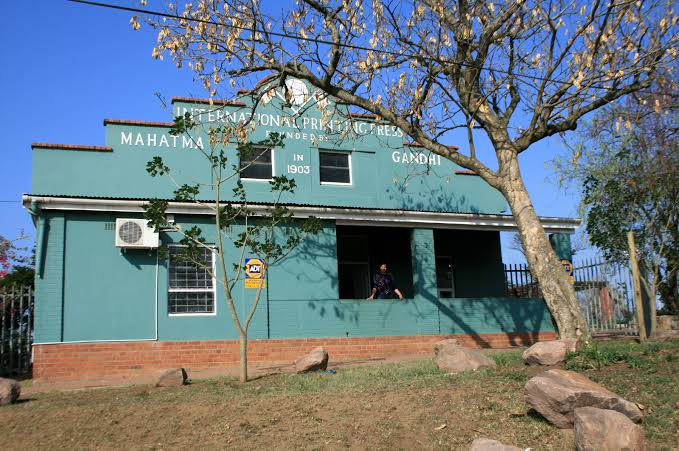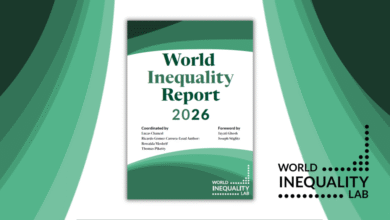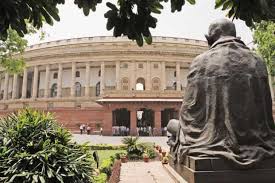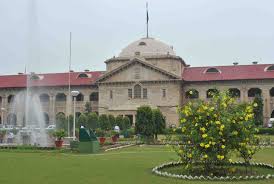The Phoenix Settlement: A living tribute to Kasturba and Mahatma
Siby K. Joseph

This experimental community was established by Gandhi in December 1904 on a farm which is situated on the north-western edge of Inanda, approximately 26 kilometers away from Durban in South Africa.
Gandhi in his Autobiography recalls how he arrived at the idea of settlement. When he was about to leave for Durban from Johannesburg, his friend H.S.L. Polak gave him a copy of John Ruskin’s “Unto This Last.” The reading of Ruskin’s work brought about an instantaneous and practical transformation in the life of Gandhi. He took a firm resolve to change his life in accordance with the ideals of the book. Gandhi discussed with Albert West, one of the closest associates of Gandhi, the idea of a settlement on which everyone should labour, drawing the same living wage. He also suggested that Indian Opinion should be removed to a farm and the inmates attending to the press work in spare time. Thereafter Gandhi advertised for a piece of land situated near a railway station in the vicinity of Durban and an offer came in respect of Phoenix. He purchased the 100 acres of land, with a spring and few orange and mango trees, for 1,000 pounds.
In the editorial of Indian Opinion in December1904, Gandhi announced the decision to move the paper to Phoenix in which “the workers could live a more simple and natural life, and the ideas of Ruskin and Tolstoy be combined with strict business principles”.
The writings of Leo Tolstoy produced an indelible imprint in the mind of Gandhi. A visit to the MariannhillTrappist Monastery in 1894 had also left a deep impression about community living. The Phoenix community consisted of daily workers who were paid an outright wage and the “schemers” who were given an acre of land each, a house, and a monthly allowance of £ 3 per month for working in the press and a share of the profits, if any.
This Settlement was based on principles of self-reliance, the value of labour andcommunitarian living for the common good of people. In addition to the International Printing Press which brought out the Indian Opinion, the settlement featured a school and homes, including his cottage, where he lived with his family. The inmates made houses with corrugated iron with rough wooden supports. No fencing was made in order to demarcate the plots of inmates other than narrow paths and roads.
Gandhi himself admits the fact that neither the inmates nor anyone else called it an ashram in the beginning. However it had ‘religious basis’, and its “visible object was purity of body and mind as well as economic equality.”
In 1906 Gandhi took the vow of Brahmacharya and this year also marked the birth of Satyagraha. These developments contributed a lot in the gradual evolution of Phoenix from a settlement to an ashram. Though Gandhi established the Settlement he could not stay there regularly as it was anticipated. In his absence Kasturba loving took the responsibility of day to day management of the Settlement.
The Phoenix Settlement also provided an opportunity for Gandhi and his colleagues to experiment his ideas on education in a school environment. He worked out the details of every aspect relating to the school in a note published in Indian Opinion onJanuary 9, 1909. Reflecting on the curriculum, he wrote “The main object of this school is to strengthen the pupils’ character. It is said that real education consists in teaching the pupil the art of learning. In other words, a desire for knowledge should grow in him.
Knowledge, however, is of many kinds. There is some knowledge which is harmful. If, therefore, the boys’ character is not formed well, they will acquire the wrong kind of knowledge. Because of lack of proper planning in education, we observe that some persons grow to be atheists and some, though highly educated, fall a prey to vices. It is therefore the main object of this school to assist in building the moral character of boys.”
It is believed that the name for the settlement viz. Phoenix was not given by Gandhi. It was Thomas Watkins who owned this farm who gave this name. The story behind giving the name was that his first crop of sugarcane was destroyed by fire and he replanted it in the ashes of the crop. Gandhi wrote in a letter to Maganlal Gandhi, on 24 November 1909 about the appropriateness of the settlement’s name.
“Phoenix is a very good word which has come to us without any effort on our part. Being an English word, it serves to pay homage to the land in which we live. Moreover, it is neutral. Its significance, as the legend goes, is that the bird phoenix comes back to life again and again from its own ashes, i.e. it never dies. The name Phoenix, for the present serves the purpose quite well,for we believe the aims of Phoenix will not vanish even when we are turned to dust.”
In 1913, Gandhi made a trust for the management of the Phoenix property. Gandhi’s son Manilal Gandhi played an important role in the running of Indian Opinion and Phoenix Settlement till his death in 1956. The publication of Indian Opinion was discontinued in 1961.
During the apartheid era, it became a busy hub of resistance facilitating the activists who were engaged in the fight for justice, peace and equal rights for all citizens. Large portion of this settlement was damaged during 1985 Inanda riots. South Africa’s first democratic elections were held in the year 1994.Following this the Settlement was rebuilt and it was formally reopened on February 27, 2000, at a ceremony attended by the President of South Africa.
At present the settlement comprises Gandhi’s house (Sarvodaya), International Printing Press (which now houses the Inanda Tourism office), Gandhi’s son Manilal’s house and the Phoenix Interpretation Centre, where lectures are being conducted. Next to the Phoenix settlement is the KasturbaPrimary School, as a tribute to Kasturba’s contribution in the settlement. Phoenix Interpretation Centre is also filled with a number of photographs of Kasturba clearly declaring her role in the life of Gandhi and in the settlement.
On the eve of 151st birth anniversary of Gandhi, that is, October 2, 2020, the Phoenix Settlement was declared as a National Heritage Site by the South Africa Heritage Resources Agency. It is only a source of inspiration for nonviolent activists all over the globe but also to Africans and Indians who were trying to bring peace during therecent unrest and violence South Africa witnessed in the months of July and August. Undoubtedly it will continue to remain as a tribute to Kasturba and Mahatma.
About the Author
Dr. Siby K. Joseph is Director, Sri Jamnalal Bajaj Memorial Library and Research Centre, Sevagram Ashram Pratishthan, Wardha-442102, Maharashtra.
Email:directorjbmlrc@gmail.com





